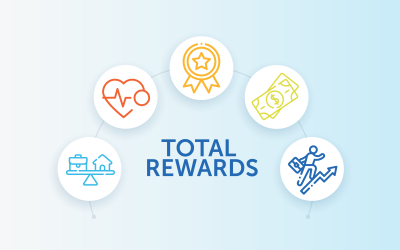How often in your everyday life do you make a decision based solely on your gut feeling? My guess is often. But, these decisions don’t typically have profound impact on your life. Human resources to date has also revolved a lot around gut instinct. Yet HR executives make some of the most important decisions influencing the direction and success of an organization. They have the responsibility to recruit, groom and invest in top talent – talent who in turn will be responsible for driving sales, marketing, solution or service delivery and innovative thinking, and who will collectively determine the success or failure of the organization.
So my question is – why is the HR decision-making process so centered on gut instinct? With the wealth of data available today, it’s time for human resources to evolve (quickly) to more of a data-driven decision model, with gut instinct providing only a secondary role in human capital management decisions.
Today’s top organizational leaders have started taking notice of this opportunity and leading organizations are shifting their attention to data-based decision making. A recent article featured in the New York Times article titled, Big Data, Trying to Build Better Workers, questions our age-old beliefs on HR structure and information gathering and shapes a convincing argument for workforce science.
Workforce science, also known as workforce analytics, is essentially where the left brain (big data) meets the right brain (human resources).
We live in a digital world, and the availability of workforce information is boundless. Your organization most likely has stockpiles of hidden knowledge about your workforce – you just need to determine the most effective way to tap into it. The right technology can help you hone in on the data that matters and leverage it to make strategic decision about your workforce and business, which can yield significant results in the overall performance of your organization across a variety of business measures.
For example, conducting online assessments and surveys to understand employee behavior, leadership qualities and skill sets and analyzing that information over time can help you:
- Identify desired management characteristics
- Evaluate and recruit talent based on established factors
- Implement meaningful training and learning programs to empower the workforce
- Flag and mitigate flight risk of potentially disgruntled employees.
As the New York Times article mentions, several big-name companies are investing in workforce analytics. Through its own workforce big data research, IBM realized that the defining trait of successful sales executives isn’t a big, powerful personality – its courage and the persistence to not give up, even when told no. You can only imagine how this knowledge, combined with the annual assessments and metrics established, will impact its bottom line.
Organizations that are investing in technology to explore, analyze and measure workforce data are becoming the most sought after and profitable companies. Workforce analytics technology is a simple investment that will deliver significant results, and you still have a window to gain competitive advantage from this opportunity.
Big data is exploding. It’s time to capitalize on workforce analytics to accelerate innovation in your organization. Contact ZeroedIn today to get started.


